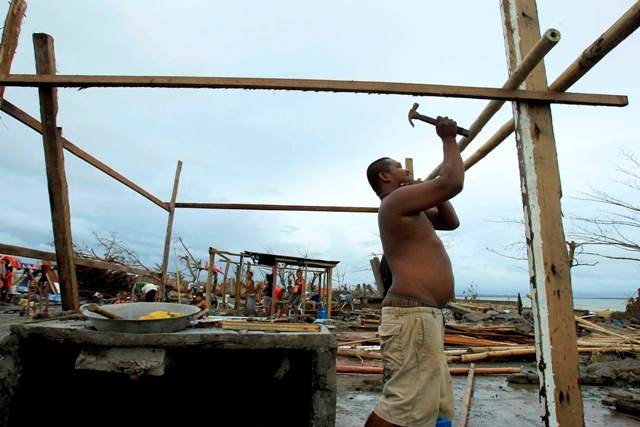
Reading Time: minutes
Saying that the Philippines is unprepared for disasters would be an understatement -- and this is proven by the government's response in the aftermath of mega-typhoon Yolanda (International Name: Haiyan) that has battered most of the Central Visayas region, particularly Leyte and Samar. In spite of regularly experiencing powerful storms and earthquakes, the country still does not have an effective disaster prevention and recovery plan. It also lacks the infrastructure needed to cope with such events, including shelters as well as sustainable and calamity-proofed buildings.
Prone to natural disasters
The Philippines is the third most disaster-prone country in the world due to the following factors:
- Deforestation: The lack of trees on the mountainous areas uproots several plants and softens the soil, causing landslides during rainfall.
- Location: PH rests on the Pacific's earthquake and volcano Ring of Fire. It is also directly above the equator, making it directly accessible to high-powered storms brought about by the rise in ocean temperature.
- Underdevelopment: Several of the poor population of the Philippines have moved to coastal regions with substandard urban planning, poorly constructed homes, and inadequate evacuation plans (many people actually died because of the weak shelters incapable of withstanding the strong winds of Yolanda).
Call for better real estate developments
The Philippine government needs to invest on real estate projects such as building typhoon and earthquake adaptable shelters. It also needs to promote green architecture and creation of developments that are not only environmentally sustainable but also specially designed to withstand earthquakes, storms, and other natural calamities often experienced by the Filipinos.
Here are some projects that the government needs to invest in:
- Typhoon-adaptable shelters: These shelters should have effective drainage systems with smart water management systems to prevent flooding within the vicinity. They should be spacious enough to accommodate all the people living in coastal areas and ideally located to provide good road access. Aside from this, they should also have nearby replenishment facilities and convenient logistics support.
- Floating houses: Another option would be to create floating homes that can sustain their own water and power needs while surviving floodwater. While this might be too expensive for the government to shoulder alone, it could work with the country's developers and architects to encourage development of green buildings and floating houses, especially in flood-prone areas.
- Resilient public infrastructure: The Philippines needs to have the technology to reduce the vulnerability of transportation and communication infrastructures to flooding, fires, earthquake and natural disasters. One technoligy they could invest on is following Japan's lead in engineering homes that levitate during earthquakes and possess earthquake-proof concrete foundation. Using this technology for the nation's public infrastructure, especially in congested areas like Metro Manila, can minimize damage caused by earthquakes and make it easier for the country to resume its normal operations after every disaster.
Yolanda is not only a wake-up call for the Philippine government, but also for the nation's real estate industry. It poses a challenge for developers to think out of the box and to become more socially responsible by creating environmentally sustainable and strong homes that are affordable and capable of protecting the Filipino people against upcoming storms, earthquakes, and other future disasters.
Image courtesy of Philippine Daily Inquirer

